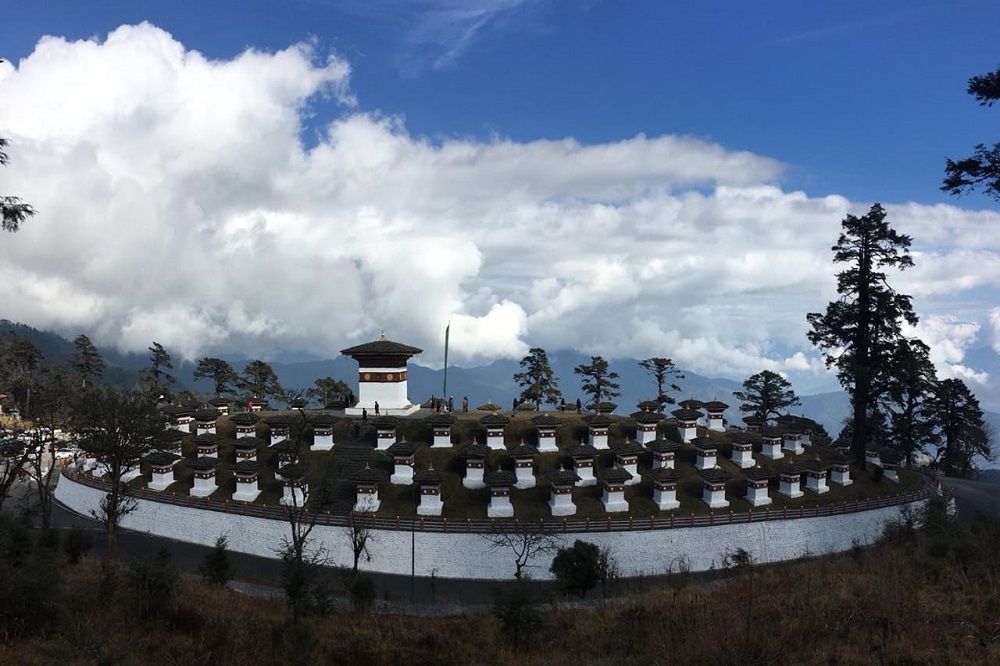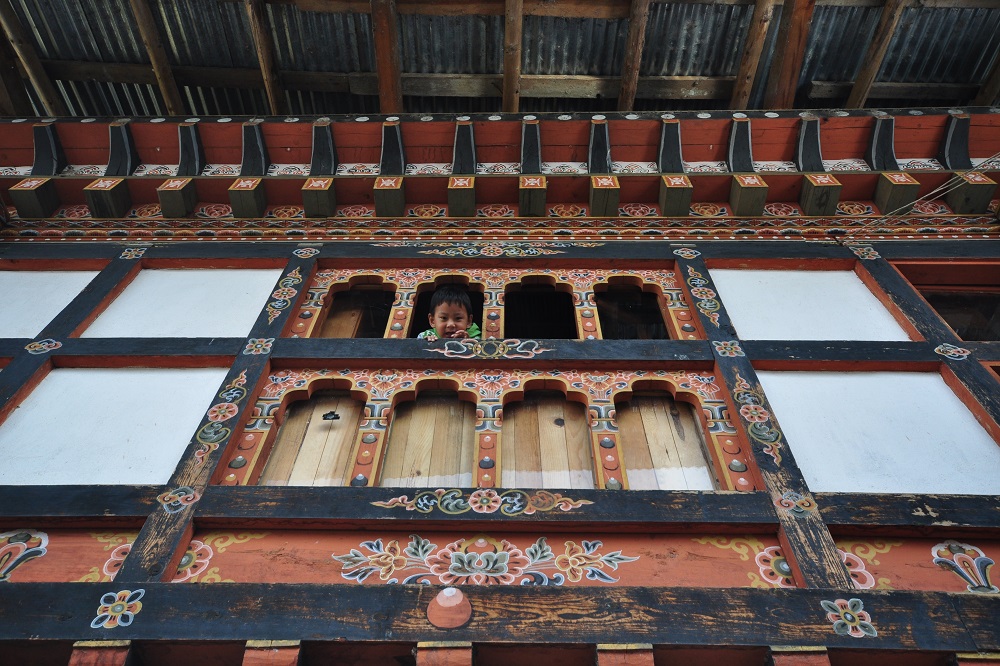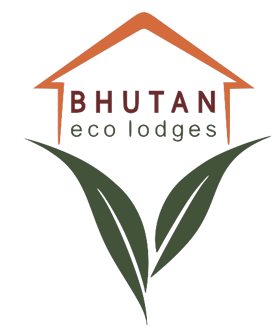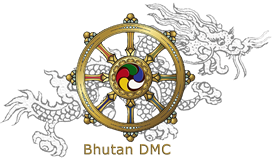Bhutan - West to East Tour
Traversing Bhutanese heartland from western regions to stunning east!
Duration: 12 Nights 13 Days
Places visited: Paro including Tiger’s Nest, Thimphu, Punakha via scenic Dochu la, Wangduephodrang, Gangtey, Trongsa, Bumthang, Mongar via Ura valley, Trashigang with day excursions to Trashigyantse & exit via east surface border Samdrup Jonkhar to Assam (India)
Best Seasons to Visit: March to May & September to early December
Moderate Season to Visit: January, February, June, July, August & Late December
Trip Grade: Moderate to fairly moderate (Involves long hikes & long drive)
Tour Type/Group Size: Private tour of you and your friends and families only
Special Notes: Itinerary can be fine-tuned depending on your interests
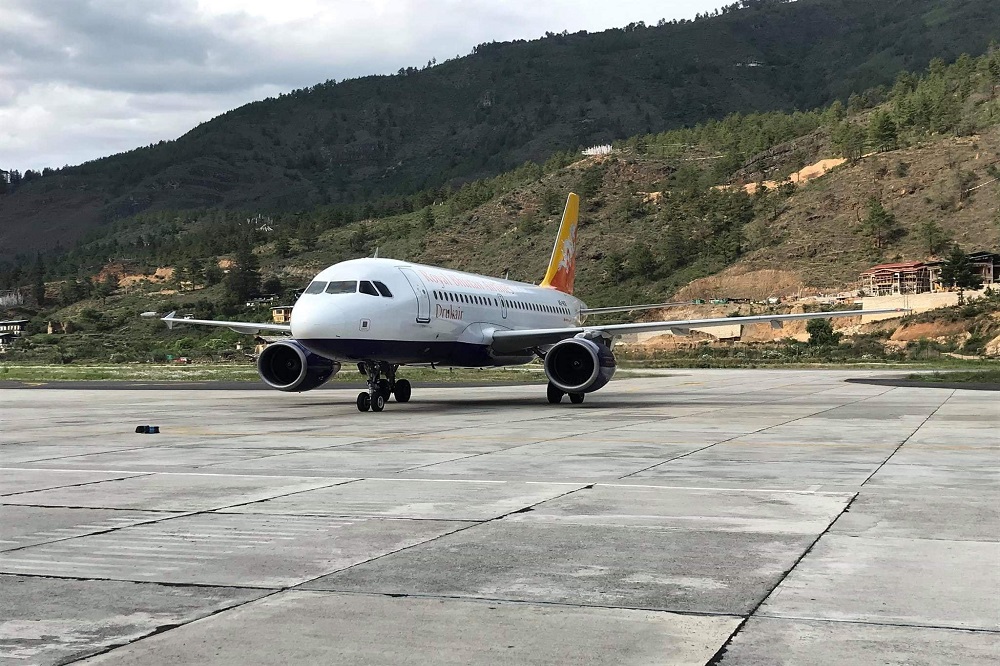
Day 1: Arrive Paro by Flight
The flight to Paro is one of the most spectacular in entire Himalayas. Whether flying along the Himalayan range from Kathmandu or over the foothills from Kolkatta, the journey offers magnificent views and an exciting descent into the Kingdom. Bhutan’s first gift, one disembarks from the aircraft is the cool, clean and rejuvenating mountain air. After immigration formalities and baggage collection, warmly received by our representative and afterwards transfer to the hotel.
The beautiful valley of Paro encapsulates within itself a rich culture, scenic beauty and hundreds of myths and legends. It is home to many of Bhutan's oldest temples and monasteries, National Museum and the country's only airport. Mount. Chomolhari (7,314m) reigns in white glory at the northern end of the valley and its glacial water plunge through deep gorges to form Pa Chhu (Paro River). Paro is also one of the most fertile valleys in the Kingdom producing a bulk of the locally famous red rice from its terraced fields.
Afternoon visit Rinpung Dzong, which has a long and fascinating history. Built in 1646 by Zhabdrung Ngawang Namgyal, the first spiritual and temporal ruler of Bhutan, the Dzong houses the monastic body of Paro, the office of the Dzongda (district administrative head) and Thrimpon (judge) of Paro district. The approach or exit to the Dzong is also through a traditional covered bridge called Nemi Zam. A walk through the bridge, over a stone inlaid path, offers a good view of the architectural wonder of the Dzong as well as life around it. Rinpung Dzong is also the venue of Paro Tshechu, held once a year in the spring.
Evening an exploratory walk around Paro main street, visiting local shops lined on both sides of the road.
Overnight at the hotel in Paro (Altitude 2,280m)
Day 2: Paro
After breakfast, drive to the base of Drukgyel Dzong, which is currently under restoration. On a clear day, there is fascinating view of Mount. Chomolhari (7314m) from the village below this ruined fortress.
Later take a short drive to Satsam Chorten (trail head point) for a walking excursion to Tiger’s Nest (Taktsang Lhakhang) (approx. 5-hour round trip walk). This most famous of Bhutan’s monasteries is perched on the side of a cliff 900m above the Paro valley floor. It is said that Guru Rinpoche arrived here on the back of a tigress, and meditated at this place, hence the monastery is also called ‘Tiger’s Nest’. This site, which has long been recognized as a most sacred place, was visited by Shabdrung Ngawang Namgyal in 1646, the religious and temporal ruler of Bhutan. It is a place of pilgrimage which Bhutanese try to visit at least once in a lifetime. In April 1998 a fire had severely damaged the main structure of the building but now it has been fully restored to its original grandeur.
Later visit Kyichu Lhakhang, one of the oldest monasteries of the Kingdom associated with the introduction of Buddhism in Bhutan.
Overnight at the hotel in Paro (Altitude 2,280m)
Day 3: Paro – Thimphu (55km, approx. 1.1/2-hour drive)
After breakfast, visit Ta Dzong, originally built as Watchtower, which now houses National Museum. The extensive collection includes antique thangkha paintings, textiles, weapons & armour, household objects and a rich assortment of natural and historic artifacts.
Then drive to Thimphu, the capital town of Bhutan. The road leads through the Paro valley to the confluence of Paro and Thimphu rivers at Chuzom (confluence).
Shortly before reaching Chuzom, you will see on your left Tamchog Lhakhang, the temple built by Thangtong Gyalpo, a pioneering engineer who introduced the construction of suspension bridges into Bhutan and Tibet (several of which are still in use today). The present bridge to Tamchog Lhakhang was restored in 2005 in the design of a traditional style with iron chains and crossing this iron bridge is a wonderful experience.
On arrival, in Thimphu check-into the hotel. The capital town of Bhutan and the centre of government, religion and commerce, Thimphu is a unique city with unusual mixture of modern development alongside ancient traditions. With the population of about 1,00,000 it is perhaps still the world’s only capital city without a traffic light.
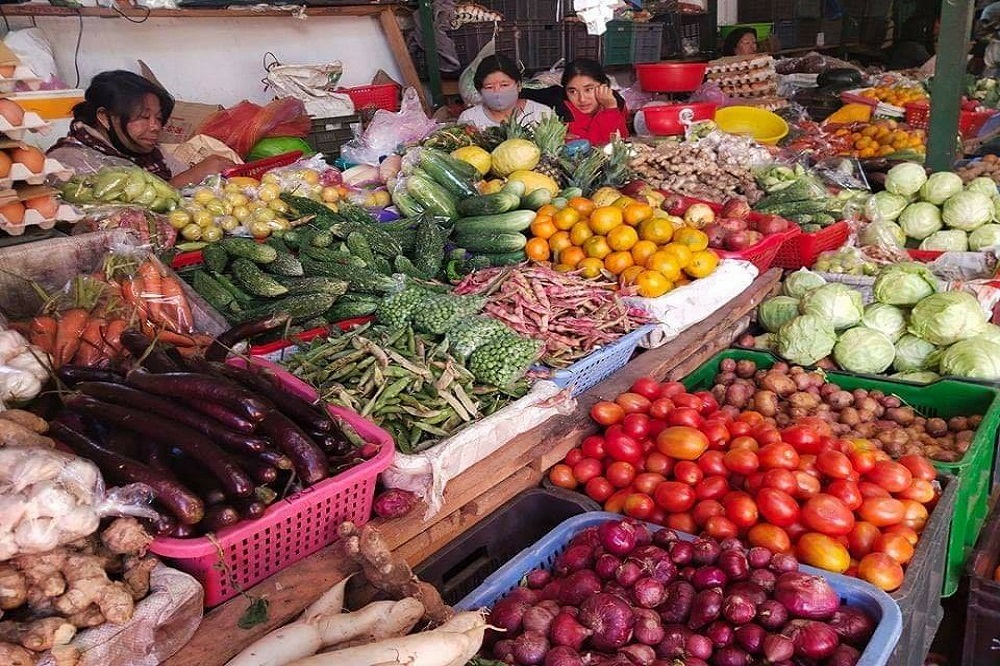
Later in afternoon walk around National Memorial Chorten, a large white structure crowned with a golden spire. It is located close to the center of Thimphu city and is one of its most iconic monuments. This is the most ideal spot to interact with locals who throng in large numbers to circumambulate the chorten, whirl the large red prayer wheels and pray at a small shrine inside the gate. The paintings and statues inside the monument provide a deep insight into Buddhist philosophy.
Afterwards take a stroll around Thimphu main street and market area.
Overnight at the hotel in Thimphu. (Altitude 2,320m)
Day 4: Thimphu
Morning after breakfast, drive to see the iconic gigantic Buddha Dordenma (Vajra seated), the world’s largest sitting bronze statue. Majestically situated at Kuenselphodrang, it is an object of great veneration to all sentient beings. The land at Kuenselphodrang measuring 145 acres was gifted to Monks Body by His Majesty the Fourth King of Bhutan. The Park conserves 798.4 acres of forest area that surrounds the Buddha Dordenma statue. Dedicating it to the 60th birth anniversary celebration of His Majesty the Fourth Druk Gyalpo, His Holiness the Je Khenpo consecrated the 201 feet tall Buddha Dordenma statue at the Kuenselphodrang on 24th September 2015.
After this insightful visit drive to Textile Museum, established in 2001 under the royal patronage of Her Majesty Gyalyum Sangay Choden Wangchuck. The museum is managed by the Department of Culture, Ministry of Home & Cultural Affairs, Royal Government of Bhutan. Exhibitions here introduce the major weaving techniques, styles of local dress and textiles made by women and men.
Institute for Zorig Chusum, commonly known as Arts & Crafts School or Painting School is an important learning center that offers a six-year course on the 13 traditional arts and crafts of Bhutan. On a visit, one can see students learning the various skills taught at the school.
Located below the main town, Centenary Farmers Market popularly known as Weekend market is a pleasant, colourful & delightful place to mingle with locals. Farmers come from all over the country to sell their farm products in this market. Also available here are the handicrafts and artifacts, to purchase.
Then visit Changangkha Lhakhang, one of the ancient temples in Thimphu established on a site chosen by Phajo Drukgom Shigpo, the founder of Drukpa lineage in Bhutan. The central statue here is Chenrezig in a manifestation with 11 heads. From temple courtyard, there is fascinating view of Thimphu valley.
Conclude the sightseeing of the day with visit of Trashichhoedzong that has been the seat of the government since 1952 and presently houses the throne room and offices of His Majesty the King, the Secretariat and the Ministries of Home affairs and Finance. The dzong is located close to Thimphu town, next to the banks of the Wang Chhu River. It is an impressively large structure, surrounded by well-kept lawns and beautiful gardens.
Evening free to explore the government-run Handicrafts Emporium and local crafts Bazaar, to browse through example of Bhutan's fine traditional arts constituting hand-woven textiles, thangkha paintings, masks, ceramics, slate and wood carvings, jewellery, interesting items made from local materials.
Overnight at the hotel in Thimphu. (Altitude 2,320m)
Day 5: Thimphu – Dochu La - Punakha (75km, approx. 3-hour drive)
After breakfast drive to Punakha across Dochu-la pass (3,088m/ 10,130 ft) stopping here to take in the view and admire the chorten, mani wall, and prayer flags which decorate the highest point on the road. If skies are clear, the following peaks can be seen from this pass (left to right): Masagang (7,158m), Tsendagang (6,960m), Terigang (7,060m), Jejegangphugang (7,158 m), Kangphugang (7,170 m), Zongphugang (7, 060 m), a table mountain that dominates the isolated region of Lunana - finally Gangkar puensum, the highest peak in Bhutan at 7,570m.
Afternoon visit Punakha Dzong. Also known as ‘The Palace of Great Bliss’, Punakha Dzong was built strategically at the junction of Pho Chhu and Mo Chhu rivers in 1637 by Zhabdrung Ngawang Namgyal to serve as the religious and administrative centre of the region. The Dzong has played an important role in Bhutan’s history and on 17 December 1907, the first King of Bhutan Gongsar Ugyen Wangchuk, was crowned here. Damaged by six catastrophic fires, an earthquake and once by flood, the Dzong has been fully restored by the fourth King. Dzongchung (or the little Dzong), built in 1328 by saint Ngagi Rinchen can still be seen opposite the main Dzong.
Thereafter a short walking excursion to Chimi Lhakhang:
The Chimi Lhakhang (temple), situated on a round hillock in the centre of Punakha valley near Lobesa, was built in 1499 by the 14th Drukpa hierarch, Ngawang Choegyel, after the site was blessed by the maverick saint Drukpa Kuenley who in the late 15th century used humour, songs and outrageous behaviour to dramatise his teachings and owing to this also known as ‘Divine Madman’. The Lhakhang is situated about 10 km from centre of Punakha town near Sopsokha village, from where a 20-minute walk through fields of mustards and rice, leads to a hillock that is the site of temple. Prayer flags are lined all along the road from the tiny village hamlet known as Yowakha, along a stream to the monastery. All houses in the village are decorated with paintings of phalluses on their exterior walls. The lama Kuenley had called the hillock where the monastery exists as the breast of a woman because of its round shape.
Overnight at the hotel in Punakha (Altitude 1,300m)
Day 6: Punakha – Gangtey (Phobjikha) (85km, approx. 3-hour drive)
After breakfast drive to Gangtey, one of the most beautiful valleys in Bhutan. The surprise of finding such a wide, flat valley without any trees after the hard climb through dense forests is augmented by an impression of vast space, an extremely rare experience in Bhutan where most of the valley’s are tightly enclosed.
Afternoon visit the Gangtey Goempa. Perched on a small hill that rises from the valley floor, the Gangtey Monastery is the only Nyingmapa monastery on the western side of the Black Mountain’s and also the biggest Nyingmapa monastery in Bhutan. The Monastery is surrounded by a large village inhabited mainly by the families of the Gomchens who take care of the Monastery.
Take a stroll around Gangtey village and also explore the Phobjikha Valley. This place is the winter home of black necked cranes (from November to February) that migrate from the arid plains in the north to pass winter in milder and lower climate. Phobjikha, at an altitude of 3,000 m, falls under the district of Wangduephodrang and lies on the periphery of the Black Mountain National Park.
Also visit Black Neck Crane Information Centre. Situated on the edge of the forest and wetland along the main road of Phobjikha valley, the black-necked crane information Centre has an observation room equipped with high power telescope and spotting scopes for catching the best view of the cranes. The centre also offers display information that outline the natural and cultural history of the area. There is a small gift shop, which sells handicrafts produced by the local people.
Overnight at the hotel in Gangtey / Phobjikha (Altitude 3,000m)
Day 7: Gangtey – Pele La pass – Trongsa – Bumthang (Jakar) (153km, approx. 6-hour drive)
Morning after the breakfast, continue on to central Bhutan town of Trongsa across Pele-la pass (3,300m/10,830 ft), the traditional boundary between east and west. The pass is marked by a white chorten prayer flag. There is an abrupt change in vegetation at this point, with mountain forest replaced by high altitude dwarf bamboo.
Drive further and stopping en route at Chendbji Chorten, patterned on Kathmandu’s Swayambhunath Stupa, with eyes panted at four cardinal points. It was built in the 18th century by Lama Shida from Tibet, to cover the remains of an evil spirit that was subdued at this spot.
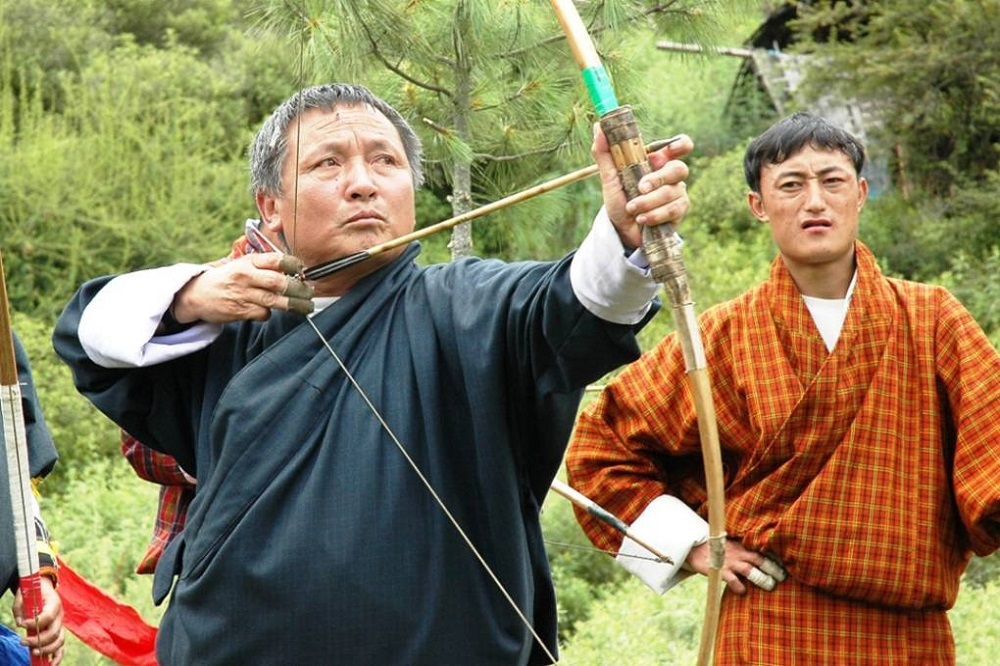
In Trongsa visit the Ta Dzong - a cylindrical stone structure rising five storeys, was built in 1652 by Chogyal Minjur Tempa, a task entrusted to him by Zhabdrung Ngawang Namgyal. After more than 350 years, it has been resurrected into a classy museum, that represents a tasteful blend of tradition and modernity. The Ta Dzong is a living museum and the main lhakhang in the Utse is dedicated to the Maitreya Buddha (Gyaltsab Jampa), also known as the Future Buddha). A Khesar Lhakhang is dedicated to Khesar of Ling. The Ta Dzong is the only structure, that has been restored specifically to tribute the Wangchuck dynasty as Bhutan celebrates the centenary of the Monarchy.
Also visit the Trongsa Dzong. Built in 1648 it was the seat of power over central and eastern Bhutan. Both the first and second Kings of Bhutan ruled the country from this ancient seat. All Bhutan Kings were invested as Trongsa Penlop (‘governer’) prior to ascending the throne. The Dzong is a massive structure with many levels, sloping down the contours of the ridge on which it is built.
Then proceed further to Bumthang, over the Yutong-la pass (3,400m/ 11,155 ft). The road winds steeply up to the pass, 28 km from Trongsa, then runs down through coniferous forest into a wide, open cultivated valley known as the Chumey valley. Also visit Yathra (woolen fabric) weaving village in Chumey valley.
On arrival in Bumthang, check into the hotel. Overnight at the hotel in Bumthang (Altitude 2,600m)
Day 8: Bumthang (Jakar)
Morning after breakfast, proceed to visit Jambay Lhakhang. This ancient temple believed to have been built in 659 by Tibetan King Songtsen Gampo on the same day as Kyichu Lhakhang in Paro. It is one of the 108 monasteries built by him to subdue evil spirits in the Himalayan region. Its present architectural appearance dates from the early 20th century.
Drive onwards for less than 10 minutes to visit Kurje Lhakhang, consisting of three temples. The one on the right was built in 1652 on the rack face where Guru meditated in the 8th century. Second temple is built on the site of a cave containing a rock with the imprint of Guru's body and is therefore considered the most holy. The third temple was built in 1990s by Ashi Kesang, the Queen Mother. These three temples are surrounded by a 108 chorten wall.
Jakar Dzong, founded by great grandfather of the first Zhabdrung is next in sightseeing schedule. This Dzong was initially built as a monastery in 1549. It was upgraded after the Zhabdrung had firmly established his power in 1646. The Dzong is now used as administrative centre for Bumthang valley, and also houses the regional monk body.
Post lunch, get an insight into textile weaving at Dorbji Weaving Centre, housing about a dozen looms.
Then pay a special visit to Bumthang Brewery. At this state-of-the-art mincobrewery one can learn about the brewing of Swiss-style unfiltered Weiss beer, and also sample end product in adjacent Panda Beer Garden Café.
Later in the evening visit to Tamshing Lhakhang. Located across the river from Kurje Lhakhang, this temple was founded in 1501 by Terton Pema Lingpa, the re-incarnation of Guru Padmasambhava. The monastery has very ancient religious paintings like 1,000 Buddhas and 21 Taras (female form of Buddhistava). The temple was restored at the end of the 19th century.
Overnight at the hotel in Bumthang. (Altitude 2,600m)
Day 9: Bumthang (Jakar) – Ura Valley - Thrumshing La pass - Mongar (187km, approx. 6.1/2-hour drive)
After early breakfast the journey continues eastwards, winding through more rugged terrain. The drive to Mongar takes about 6.1/2 hours with spectacular view en route. Drive up into the hills above the valley and then ahead visit lovely Ura village. Progressing further climb sharpely to the highest point on Bhutan’s motorable road network, Thrumshing-la pass (4,000m/13,125 ft).
From here, the road gradually descends to the alpine valley of Sengor, with wonderful views of cascading waterfalls and the hills of eastern Bhutan along the way. Vegetation changes from alpine to subtropical with the loss of height, and bamboos and luxuriant ferns overhang the road as we drop down to the valley floor. The descent stops at 700m/2,300ft, where one crosses the Kurichu river. Then ascend again through pine forests, maize fields and eastern hamlets to reach Mongar town, high on a gentle slope above the valley.
The second largest town in sub-tropical east, the Mongar town is situated on the side of a hill, in contrast to most towns of Western Bhutan which are located on the valley floor.
Late afternoon, visit Mongar Dzong, built in the 1930s and one of Bhutan’s newest dzongs, but constructed in the same way as all previous dzongs, without either plans or the use of nails.
Evening at leisure on a familiarization walk in Mongar town.
Overnight at the hotel in Mongar (Altitude 1,620m).
Day 10: Mongar – Trashigang (96 km, approx. 3-hour drive)
This trip of about 96 km takes only 3 hours. The first part of the journey is through leafy forest filled with ferns. After driving through the Kori-la pass (2,450m/8,040ft), marked by a pretty chorten and a mani wall, we descend rapidly through corn fields and banana groves to reach the famous road zigzags just below Yadi, a fairly recent and now fast-growing settlement.
After zigzagging down the hillside, the road east along the Gamri river. A turnoff on the left side up to Drametse. The temple, perched on top of a steep hill above the village, was founded by Choeden Zangmo and is the most important monastery of eastern Bhutan. This is the place of origin of the famous Drametse Nga Chham, a masked dance with druns. About 30km. Onwards lies Trashigang (1,100m/3,610ft), which clings to a steep hillside above the Gamri river. Trashigang is the principal township of the biggest and most populated district in the country.
On arrival in Trashigang, check into the hotel.
Afternoon visit Trashigang Dzong, built in 1659. The Dzong commands a remarkable view over the surrounding countryside, standing at the extreme end of a rocky outcrop far above the river gorge. It serves as the administrative seat for the district and part of the dzong is occupied by the local Drukpa monastic community.
Evening at leisure in Trashigang town.
Overnight at the hotel in Trashigang (Altitude 1,150m).
Day 11: Trashigang (Full day excursion to Trashiyangtse)
After breakfast, visit the temple of Gom Kora, set on a small alluvial plateau, overlooking the river. Located 24 km from Trashigang town, Gom Kora is a famous place, as Guru Rinpoche is said to have subdued a demon here, trapping it in a rock. Then traversing on down the road to Doksum village, where one may see women busily weaving traditional Bhutanese fabric. The road turns into the from hills here, running up the side of a winding river valley to Trashiyangtse.
In former times, Trashiyangtse was an important center because it lies on one of the carvan routes leading from western and central Bhutan. Trasiyangtse is now a rapidly growing town and the administrative center for this district. The area is famous for its wooden containers and bowls, which make inexpensive, attractive and useful souvenirs of a visit to this remote region.
Visit Trashiyangtse Dzong, which overlooks the town and was built in the late 1990s when the new district was created.
Also visit Chorten Kora. This dazzling white stupa is situated on the riverbank below the town. Constructed in 1740 by Lama Ngawang Loday, it is built in the same style as Bodhnath stupa in Nepal, with eyes painted at the four cardinal points. During the second month of the lunar calendar there is an interesting celebration here, known as 'Kora'.
In the evening, return to Trashigang.
Overnight at the hotel in Trashigang. (Altitude 1,150m)
Day 12: Trashigang — Samdrup Jongkhar (180 km, approx. 6-hour drive)
Today is the last day in Bhutan and after breakfast drive to south-eastern Bhutanese border town of Samdrup Jongkhar. Trashigang — Samdrup Jongkhar road got completed in 1965 and the journey on this stretch takes about 6 hours. Along the way, pass by Kanglung town, which is home to Sherubtse College, the first college in country founded in 1978 and one of the most famous academic institutions of the country.
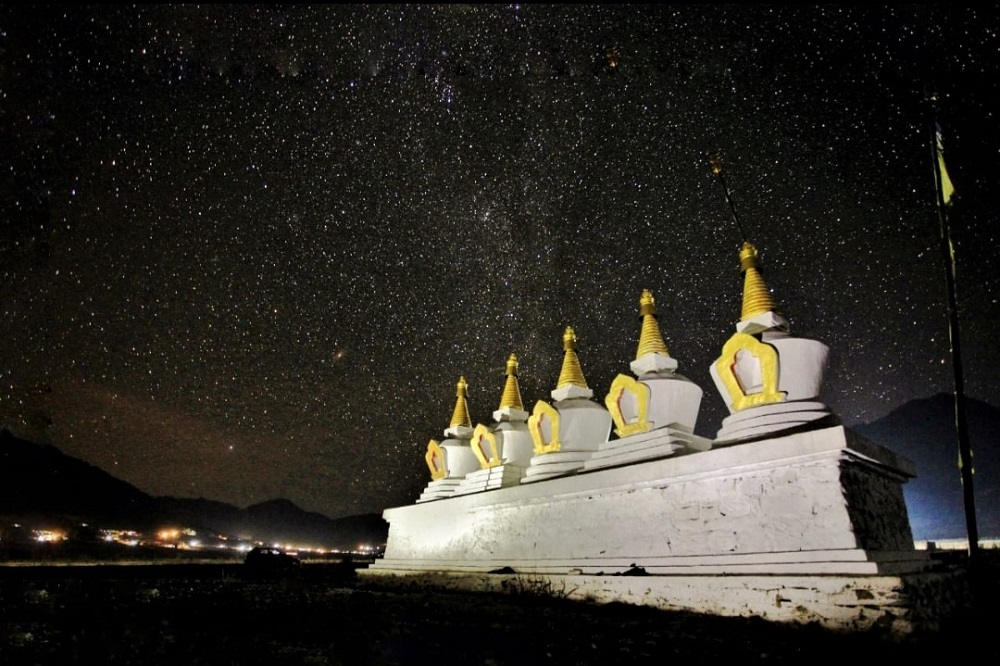
Further ahead take a short stop at Khaling. ‘Kha’ in Bhutanese language Dzongkha means ‘Bird’ and ‘ling’ means ‘valley’. This is a lush green valley, blessed with an innumerable variety of birds. One of the oldest schools is located here, the ‘Jigme Sherubling Higher Secondary School.’ At Khaling, one will also have our opportunity to see the traditional, colourful Bhutanese weaving. From here the road descends fairly rapidly to the plain through a dense tropical forest with an abundance of teak, bamboo and ferns.
Arrive Samdrup Jongkhar by late afternoon and check into the hotel.
Evening take a stroll around the town and visit the Zangtho Pelri temple built in 1978 by the late Minister of Home Affairs. It represents Guru Rinpoche’s paradise.
Overnight at the lodge in Samdrup Jongkhar (Altitude 280m).
Day 13: Depart Samdrup Jongkhar – Guwahati, Assam (India)
After breakfast, picked up by Indian representative from the Samdrup Jongkhar hotel for onward drive to Guwahati.
HOTELS IN THIMPHU
HOTELS IN PUNAKHA & WANGDUE
HOTELS IN GANGTEY
HOTELS IN TRONGSA
HOTELS IN BUMTHANG
HOTELS IN MONGAR
HOTELS IN TRASHIGANG
HOTELS IN SAMDRUP JONGKHAR
HOTELS IN PHUENTSHOLING
HOTELS IN HAA
HOTELS IN GELEPHU
HOTELS IN ZHEMGANG
RESTAURANTS IN PARO
RESTAURANTS IN THIMPHU
RESTAURANTS IN PUNAKHA
TOUR ITINERARIES
TREKKING ITINERARIES
SPECIAL INTERESTS TOURS
UNIQUE FESTIVALS & FAIRS
BLOG
